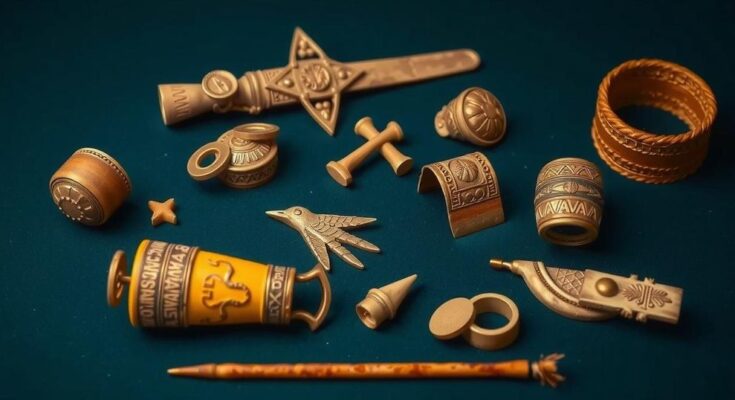The Yale Peabody Museum plans to repatriate human remains and cultural artifacts to Maine tribes, guided by the Native American Graves Protection and Repatriation Act. The remains, linked to the Houlton Band of Maliseet Indians, Mi’kmaq Nation, Passamaquoddy Tribe, and Penobscot Nation, include significant cultural items collected over a century ago. The repatriation is scheduled for December 12, 2024, symbolizing a step toward healing historical injustices.
In a significant move toward reconciliation and cultural restoration, the Yale Peabody Museum at Yale University has announced plans to repatriate human remains and cultural artifacts to tribes in Maine. This decision follows a detailed inventory as mandated by the Native American Graves Protection and Repatriation Act. The remains, once unearthed from a shell mound at Oak Point on Deer Isle, date back to between 1948 and 1952, when they were collected by H. Gordon Rowe and later donated to the museum by his wife in 1969. The museum established a cultural connection between the remains and the Houlton Band of Maliseet Indians, Mi’kmaq Nation, Passamaquoddy Tribe, and Penobscot Nation. Alongside the remains, eight cultural items—some of which include gouges, a spearhead, and ceremonial ochre—will also return to their rightful homes. These artifacts reveal a poignant history, having originally accompanied Native American burial practices, underscoring the deep ties between these items and their communities. Scheduled for repatriation on or after December 12, 2024, this process highlights the importance of honoring ancestral connections and facilitating the return of culturally significant items. The museum’s commitment to returning these remains and artifacts represents a significant step in addressing historical injustices faced by Native American tribes.
The Yale Peabody Museum’s decision emerges from legislative frameworks aimed at the preservation and repatriation of Native American cultural heritage. The Native American Graves Protection and Repatriation Act (NAGPRA), enacted in 1990, seeks to return human remains and cultural items to their respective tribes, restoring dignity and respect to the ancestors and their histories. The museum’s thorough inventory of human remains and artifacts is part of a larger movement toward healing and acknowledgment of past wrongs against Native American communities.
The anticipated repatriation of remains and cultural items to Maine tribes marks a critical juncture in the ongoing journey toward justice and cultural restoration. As the tribes await the return of these important artifacts, this act not only reconnects communities with their ancestral past but also sets a precedent for similar initiatives across the country. It symbolizes hope, healing, and respect for Native traditions and identities.
Original Source: www.wabi.tv



